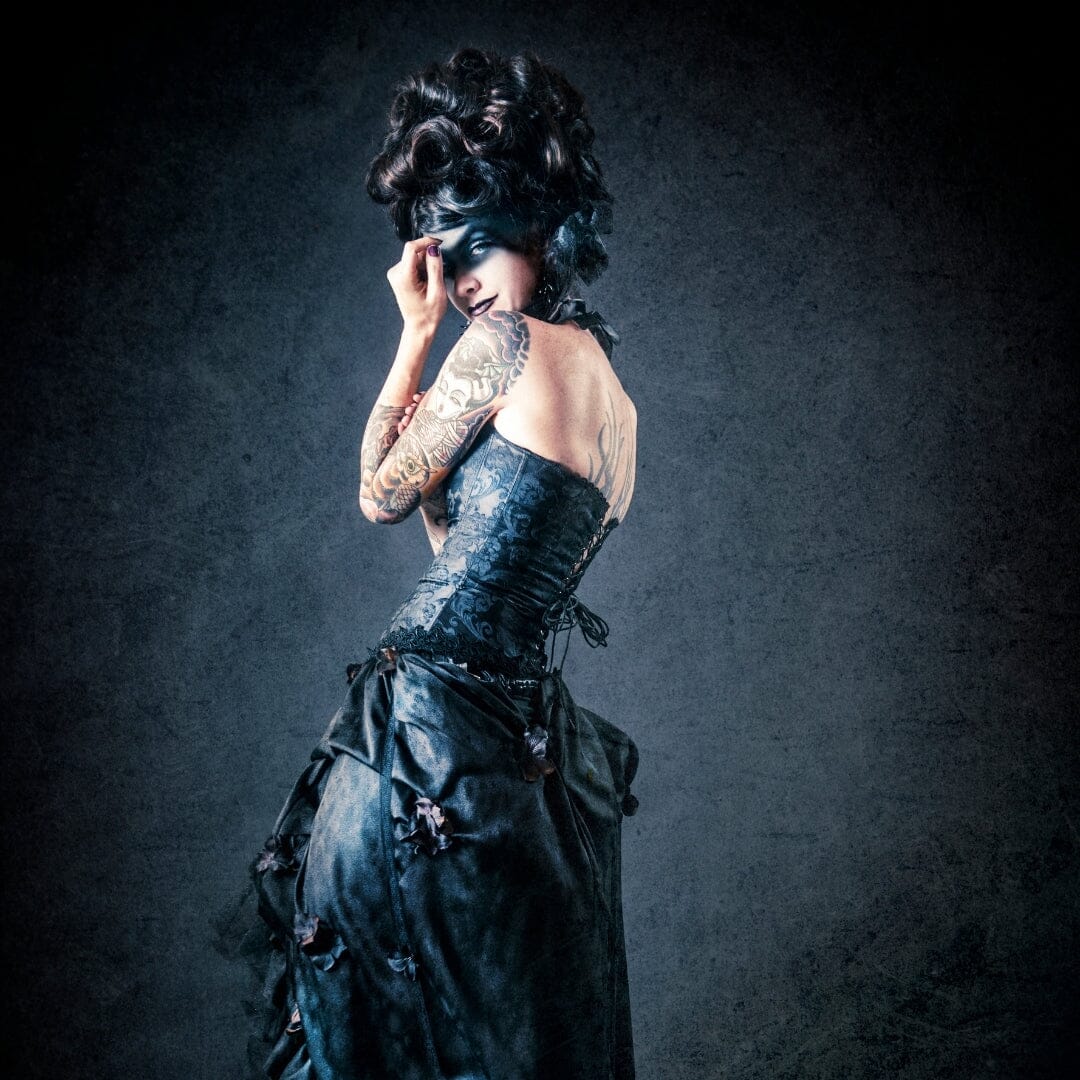FREE SHIPPING for all Literary Accessories!
FREE SHIPPING for all Literary Accessories!

Once upon a time, in a world shrouded in mystery and darkness, Gothic literature took a stroll on a cold, foggy night and chanced upon Steampunk. It was a love affair that sparked immediately. As they got acquainted, a literary offspring was born: Dreadpunk.
Dreadpunk made its debut at Atlanta's Dragon Con, thanks to the creative mind of Derek Tatum. Tatum envisioned Dreadpunk as a term to encapsulate contemporary Gothic and horror creations, drawing inspiration from Victorian settings and weaving dark fantasy and thriller elements into the narrative.
Similar to how Steampunk can be viewed as modern science fiction through a 19th-century lens, Dreadpunk serves as a contemporary sensibility seen through the eyes of Gothic and horror genres. To decipher the essence of Dreadpunk, proponents have outlined three fundamental rules or laws that delineate its boundaries:
Rooted in Horror or Dark Fantasy with an Emphasis on Dread:
Dreadpunk finds its essence in horror and dark fantasy, placing a special emphasis on the evocation of dread—heightening the emotional intensity of fear.
Set in or Influenced by Late 19th to Early 20th Century Aesthetics:
The temporal backdrop of Dreadpunk is the late 19th century, specifically the Victorian era, extending into the early 20th century, typically up to the late 1930s, coinciding with Lovecraft's lifetime.
Infused with Parody and Subversion:
Dreadpunk embraces an element of parody in its structure while simultaneously paying homage to the late 19th-century horror and Gothic traditions. It ingeniously subverts these traditions, adding layers of complexity to the narrative.

So, what does punk read like in the world of Dreadpunk? According to Cherie Priest, a notable Dreadpunk writer, punk in this context signifies transgression. It involves challenging dominant paradigms related to fear and those in positions of power.
Dreadpunk, by its nature, is inherently transgressive, delving into contemporary issues and problems. A prime example is the TV series Penny Dreadful, particularly in its portrayal of Vanessa Ives by Eva Green. Vanessa, not rooted in Victorian literature, becomes a powerful symbol addressing the situation and empowerment of women in an era constrained by traditional roles.
Another noteworthy Dreadpunk creation is Amazon Prime's Carnival Row, set in a Victorian theme but addressing modern issues such as immigration, prejudice, and the treatment of "others." Sleepy Hollow, despite being set in the present, also aligns with Dreadpunk by incorporating elements reminiscent of the 19th century.
Movies like The Woman in Black (2012) and Crimson Peak (2015), directed by Guillermo Del Toro, showcase how Dreadpunk extends beyond a strict historical timeframe, emphasizing the influence over the setting.

Gothic fantasy writer Leanna Renee Hieber emphasizes that Dreadpunk acknowledges its roots in 19th-century gothic and gothic horror. Universal's classic monsters and Tim Burton's films are acknowledged as exemplary instances of Dreadpunk by its creators.
In the realm of movies, books, and games, Dreadpunk finds expression in works like Abraham Lincoln: Vampire Hunter, Anno Dracula by Kim Newman, the 1992 Dracula film, the web series Carmilla, and numerous others, according to the creators of Dreadpunk.
As fervent Dreadpunk enthusiasts, we eagerly await the unfolding of many more enthralling stories in this captivating genre.
The original content you can find on the Fantasticursos YouTube channel.
Taverna da Ilsa uses the material with the permission of Prof. Alexander Meireles da Silva, creator of the channel and its content.